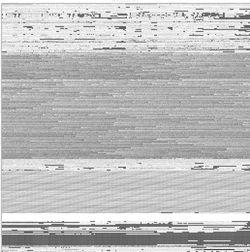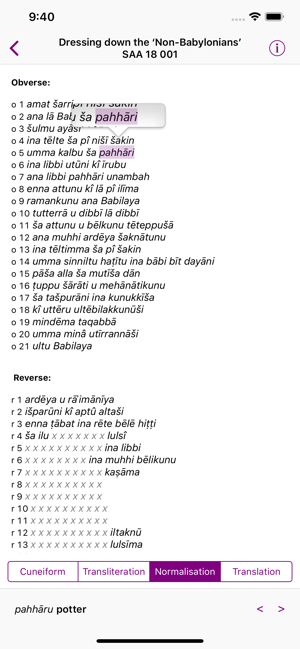Ranmaru
Member
- Alternative input methods are used to input characters not marked on a standard US or UK keyboard. Below are some examples of input methods useful for Duolingo learners and instructions for installing them on your computer or mobile device. 1 Step 1: Choose an input method 1.1 Language-specific input methods 1.2 Input methods usable for more than one language 1.2.1 United States-International.
- This application is text editor with cuneiform keyboard for unicode text. This text editor can edit sumerian language and akkadian language. Text data can be saved in UTF-8 format. This app is equipped with a mail transmission function. This app includes a custom cuneiform keyboard. In order to use.
- Syntax highlighting for Cuneiform in Sublime Text 3. Installation Package Control. In the main menu open Preferences - Package Control and click Package Control: Install Package which opens a search dialog. Enter Cuneiform. Manual Installation. Copy the file Cuneiform.sublime-syntax into your home directory under /.config/sublime-text-3.
- Joined
- Apr 26, 2009
- Messages
- 5
- Reaction score
- 0
- Points
- 1
- Your Mac's Specs
- MacBook Pro 2.33 GHz, 2 GiB RAM, OS X 10.5.6; iPod touch 16 GiB
I have a problem with Leopard's traditional Chinese input method. When I switch to pinyin input, my keyboard layout becomes messed up. I type on a standard US keyboard (QWERTY layout) which works fine when I use the Hanin input, but when I switch to pinyin, the layout becomes QWERTZ. That sucks because I constantly mix up the Y and Z keys and I can't get used to type Z where Y is supposed to be. On top of that, the punctuation marks like colon, semicolon, ditto marks etc. are someplace I can't find them.
Okay, I could just use the Hanin method to type Chinese since the layout is correct there but Hanin forces me to input the tone mark after every single character I type and that slows me down thoroughly, especially since I don't know the tone mark for every single character I want and I have to try and find it then which is extremely annoying.
So does anyone know where I can change the keyboard layout of the pinyin input back to standard QWERTY? I searched the preference pane but unlike Kotoeri (Apple's Japanese IME) it hasn't such an option. The help menu also doesn't seem to have an item on that matter.
Thank you in advance.


All source code in this page is released under the terms of the GNU General Public License. By downloading UniKey source code, you agree with all the terms of this license.
UniKey Vietnamese Input Method
In 2001, I released the source code of the core engine UniKey Vietnamese Input Method together with the x-unikey linux package. Since then, the UniKey engine has been integrated to different keyboard input programs in various platforms: Linux,macOS and iOS, FreeBSD. The core engine is still pretty much unchanged in the latest version of UniKey for Windows. You can get the engine source code in the original x-unikey linux package.
For educational purposes, I have also released the full UniKey 3.6 (for Windows) source code. Please note that, UniKey 3.6was built with an old version of the UniKey Input Engine. You cand find the latest engine source code in the x-unikey package above.
Cuneiform Input Method For Mac Os
Input method free download - Jade Gazebo Chinese Input Method (IME), Bangla Keyboard - English To Bangla Input Method, Malayalam Keyboard - Malayalam Input Method, and many more programs. UniKey Vietnamese Input Method In 2001, I released the source code of the core engine UniKey Vietnamese Input Method together with the x-unikey linux package. Since then, the UniKey engine has been integrated to different keyboard input programs in various platforms: Linux, macOS and iOS, FreeBSD.
Cuneiform Input Method For Mac Download


UVConverter
Cuneiform Input Method For Mac Operating System
UVConverter is a universal command-line Vietnamese encoding converter that supports 13 different charsets/encodings (Unicode, UTF8, TCVN3, VNI…). UVConverter can be built in Windows, Linux, Mac OS X.
- Tar.gz format (for Linux, Mac OS X): UVConverter 1.1.3b
- Zip format (for Windows): UVConverter 1.1.3b
